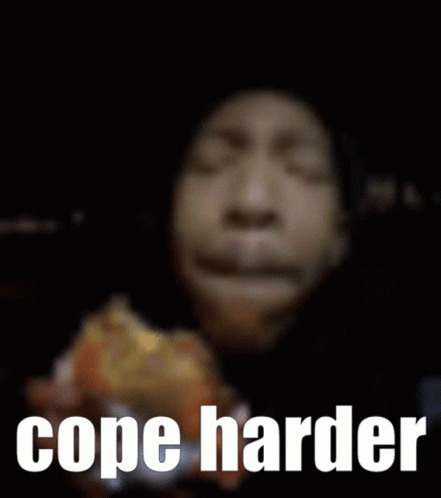- 8,724
- 1,999
Well not really that different but different enough to distinguish the two.
The point is I don't think we can just use Matteis's logic alone to establish a separate Cosmology from the main one for Marvel. It's more connected to a holistic view than most of DC. If it were then it would specifically upscale the Divine Creator. However, we must include the God theory and everyone technically would be 0 because each soul has no separation from God.
This heavily upscales Franklin Richards and Job Burke and possibly the Nexus Guardians.
Apologies. I had no intentions to send that message that early.
Anyways. Well, I do agree that if we can separate the two it'd upscale to those who have shown those levels in their comics that DeMatteis explicitly made, considering as you said, they all are equally God. I personally think we can though. He explicitly says every-time he refers to God/Creator in his stories, he's referring to his version of God (Which means all of them, be it Seeker's Magician,. Divine Presence, and Divine Creator scale to and are the same thing in his view, which makes sense, considering how they are written and everything is a suprisingly consistent constant across his various works).
DeMatteis made it specifically ambiguous as to whether or not The Divine Creator was TOAA, but at the same time other than their weapons being love, they don't really share any similarities, especially with how they view the Marvel Universe as a whole (One views it as a Dream/Illusion, the other at best as a Author does a Work of Fiction. One has no contradictions scaling to DeMatteis' depiction of God, the other has a metric ton of contradictions and inconsistent portrayals across the various iterations)
